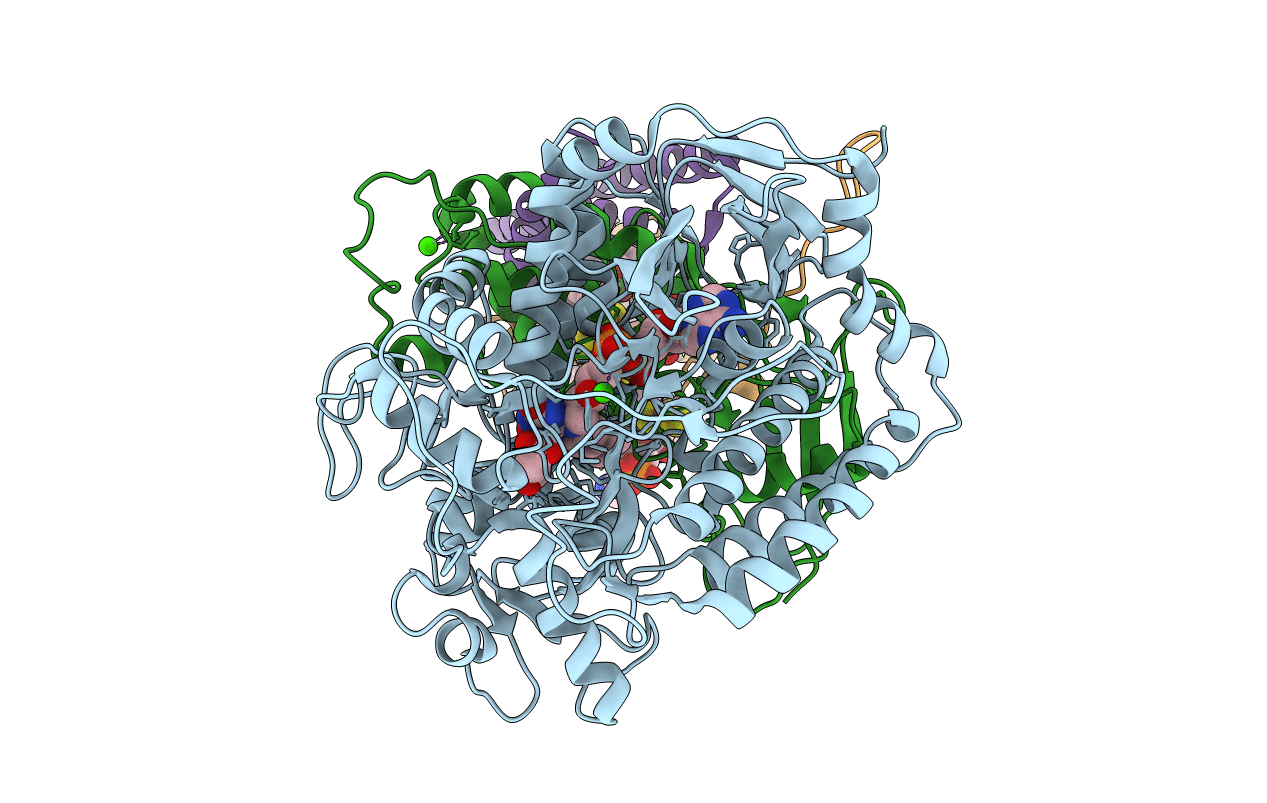
Deposition Date
2002-12-11
Release Date
2003-02-25
Last Version Date
2024-11-13
Entry Detail
PDB ID:
1NEN
Keywords:
Title:
Complex II (Succinate Dehydrogenase) From E. Coli with Dinitrophenol-17 inhibitor co-crystallized at the ubiquinone binding site
Biological Source:
Source Organism:
Escherichia coli (Taxon ID: 562)
Host Organism:
Method Details:
Experimental Method:
Resolution:
2.90 Å
R-Value Free:
0.29
R-Value Work:
0.27
R-Value Observed:
0.27
Space Group:
H 3 2


